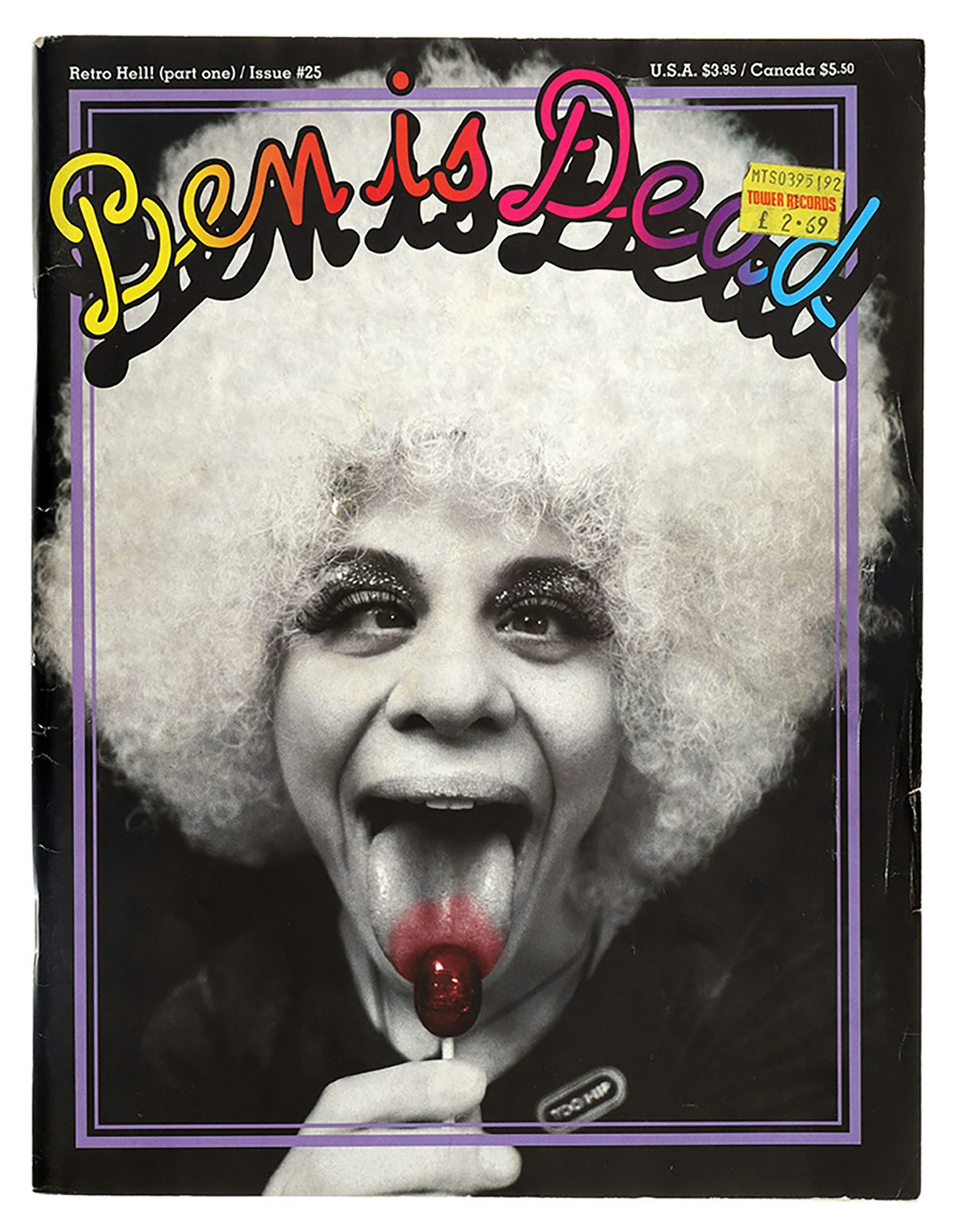Totally Wired delves into the fast times of the music press
Writer Paul Gorman chronicles the rise and fall of music mags in a new book, which returns to a time when titles were widely read, massively influential and a cornerstone of pop culture

Totally Wired, published by Thames & Hudson, explores the development of the music press between the 50s and the 00s, honing in on particular genres, artists, publications, figures and events that shaped these decades.
This time period saw the birth of everything from rock ‘n’ roll and punk to reggae and electronic, R&B and hip-hop – sounds and styles that defined and continue to define global music culture. In Totally Wired, Gorman writes on the driving forces behind these genres and their relationship with the music press.
Behind the genres are the artists and bands that brought them to prominence and Gorman delves into their impact as well. He explores the importance of writers such as Lester Bangs, Charles Shaar Murray and Nick Kent in building the careers of music icons like David Bowie, the Clash and Led Zeppelin.



Gorman writes confidently and at length about the movers and shakers in the world of the music press itself, detailing the ascent of world-famous publications such as NME – which, at one point, sold 200k copies a week – The Face and Q. In doing so, he gives readers an insight into the influence they once held, as well as the state of their decline.
He also dips into some of the design stories behind groundbreaking titles, including how changing technology impacted how magazines were made. There’s fascinating details here that emphasise what a labour of love many of these titles were, for example Temporary Hoarding, which designer Ruth Gregory made by cutting dots from Letraset sheets and building up layers. Or Ray Gun – “the hardcore shit in magazine design,” as Gorman puts it – and its wilfully cluttered, “headache-inducing” use of type by art director David Carson.




Visually, the book allows the archival imagery and artworks to shine, presenting them in a minimal design and layout. However, the outside and inside covers do offer bold pops of colour and text that hint at the vibrant narratives and milestone moments that can be found within.
Totally Wired is published by Thames & Hudson; thamesandhudson.com

















